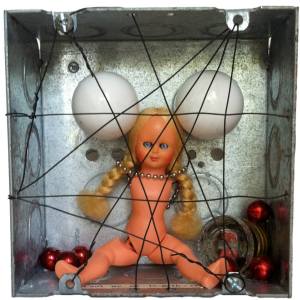In my Writing Through the Body workshop this week, we talked about backstory a little. Backstory is your character’s history. It’s everything that happened before the story you’re telling.
Knowing your character’s backstory will help you make informed decisions about her or his motivations, intentions, and behaviors in the story you tell.
Before we went into production on my feature film, FOUND OBJECTS, I wrote extensive and detailed backstories on all the characters and sent them to the actors who would play the parts. By the time we started production, they had clearly ingested their respective characters and showed up fully embodying them.
Even though we aren’t acting out our characters in fiction writing in the literal sense, in some ways, we are. We have to be able to slip into their skins to portray them with authenticity, and the best way to do this is by thoroughly knowing their backstories.
This doesn’t mean, though, that the backstory will wind up in your story, though. In fact, oftentimes it’s better NOT to include it.
In the video below, KM Weiland quotes Ernest Hemingway:
“Backstory is the nine-tenths of the story under the water.”
Watch the video to see what else she has to say about backstory.

